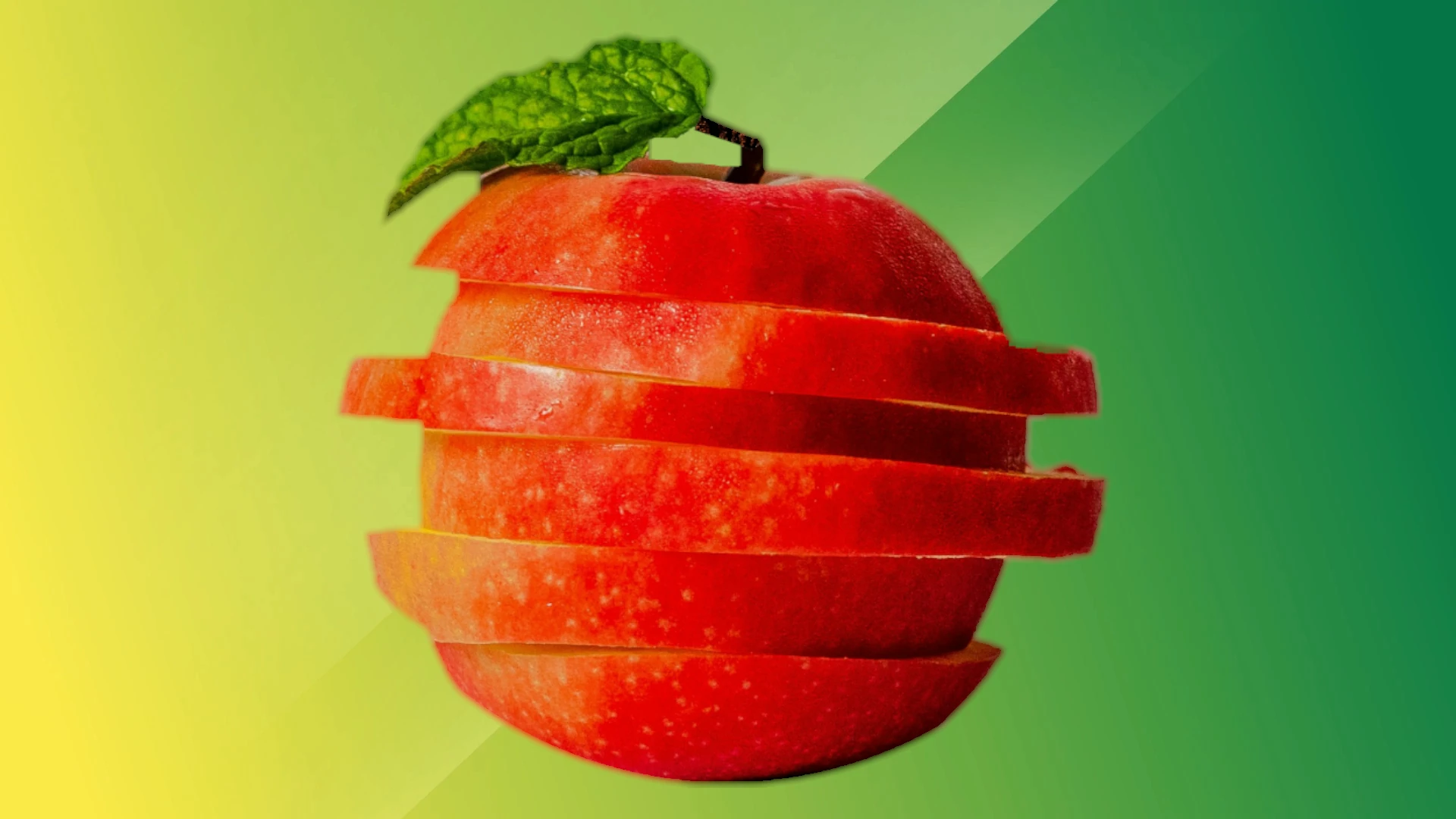At Geelong Web Developers, we use React as the front-end for our Laravel-based web applications to deliver dynamic, fast, and interactive user interfaces. React’s component-based architecture helps us create reusable, maintainable components, enabling us to build sophisticated, client-side rendered applications that provide a seamless user experience.
The key strength of React lies in its ability to render content on the client-side, reducing the load on the server and ensuring a smooth, real-time interaction. With React, we minimize unnecessary re-renders using the virtual DOM, providing quick updates to the UI without overburdening the server. While React typically focuses on the client-side, we may also utilize server-side rendering (SSR) for specific use cases like improving initial page load times and SEO performance.
In this stack, Laravel serves as the back-end, acting as the robust foundation that handles all server-side logic, database interactions, and routing. Laravel’s powerful features, such as its elegant routing system, ORM (Eloquent), and built-in security mechanisms, allow us to build highly functional and secure web applications. However, instead of building traditional server-rendered pages, we combine Laravel’s back-end power with React’s dynamic front-end capabilities.
To seamlessly connect the front-end and back-end, we use Inertia.js, which eliminates the complexity of traditional SPAs by allowing us to build full client-side rendered applications without requiring a separate API. Inertia works by enabling Laravel to serve as the controller and server-side router, while React manages the dynamic and interactive elements on the front-end. Essentially, Inertia bridges the gap between Laravel and React, making it easy to build a modern, reactive user interface while maintaining the power and simplicity of Laravel’s server-side features.
With Inertia, we no longer need to worry about client-side routing or managing API calls between the front-end and back-end. Instead, we can focus on creating clean, efficient code that seamlessly integrates the back-end functionality of Laravel with the front-end dynamism of React. This "modern monolith" approach helps us streamline development and create high-performing applications that are easy to maintain and scale.
By combining React with Laravel and Inertia, we ensure that both the front-end and back-end are optimized to work together, creating a smooth, efficient, and user-friendly web experience.

